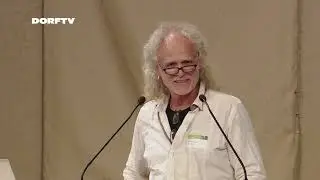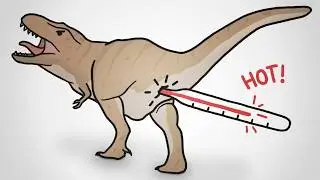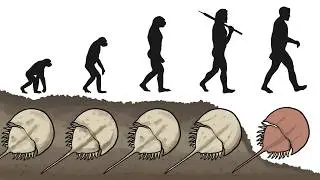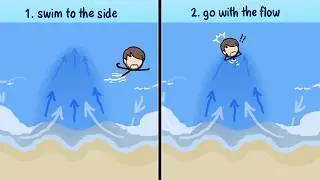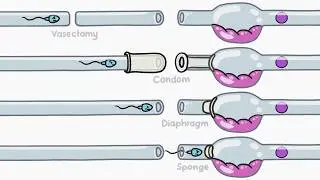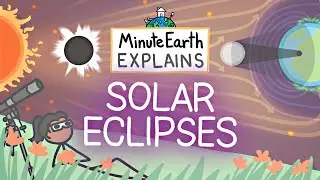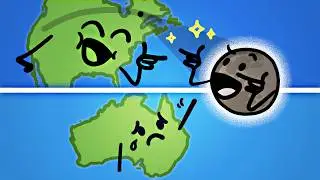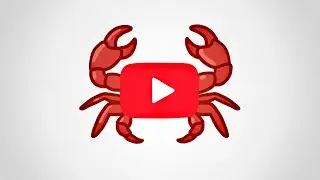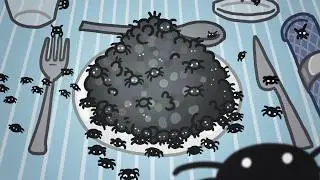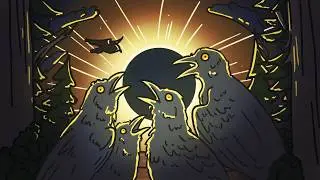Why Do Some Animals Eat Poop?
Learn more about quokkas over on @animalogic • Quokkas: The Happiest Animals on the ...
Animals eat their own poop in order to gain extra access to nutrients or to microbes that help digest those nutrients.
LEARN MORE
**************
To learn more about this topic, start your googling with these keywords:
Coprophagy: Consuming feces
Allocoprophagy: Consuming others’ feces
Autocoprophagy: Consuming one’s own feces
Fecal microbiota transplant: A treatment for C. diff that involves transplanting feces from a healthy individual into a patient.
Cecotropes: Also known as night poops, these are the soft, shiny pellets that rabbits excrete and then consume.
Pap: A special substance produced by mother koalas that their babies feed on during the transition from drinking milk to eating eucalyptus leaves.
CREDITS
*********
Script Writer: David Goldenberg
Script Editor: Emily Elert
Video Illustrator: Ever Salazar
Video Director: David Goldenberg
Video Narrator: Emily Elert
With Contributions From: Henry Reich, Alex Reich, Kate Yoshida, Peter Reich
Music by: Nathaniel Schroeder
MinuteEarth is produced by Neptune Studios LLC
https://neptunestudios.info
SUPPORT MINUTEEARTH
**************************
If you like what we do, you can help us!:
Become our patron: / minuteearth
Our merch: http://dftba.com/minuteearth
Our book: https://minuteearth.com/books
Share this video with your friends and family
Leave us a comment (we read them!)
OUR LINKS
************
Youtube | / minuteearth
TikTok | / minuteearth
Twitter | / minuteearth
Instagram | / minute_earth
Facebook | / minuteearth
Website | https://minuteearth.com
Apple Podcasts| https://podcasts.apple.com/us/podcast...
REFERENCES
**************
Masi, S., and Brueur, T. (2018). Dialiumseed coprophagy in wild western gorillas: Multiple nutritional benefits and toxicity reduction hypotheses. American Journal of Primatology. 80:4 (e22752). Retrieved from: https://www.ncbi.nlm.nih.gov/pubmed/2...
Osawa, R. Blanshard, W. and Ocallaghan, P. (1993). Microbiological Studies of the Intestinal Microflora of the Koala, Phascolarctos-Cinereus .2. Pap, a Special Maternal Feces Consumed by Juvenile Koalas. Australian Journal of Zoology. 41(6): 611-620. Retrieved from: http://www.publish.csiro.au/ZO/ZO9930611.
Mack, A., and Druliner, G. (2003). A Non-Intrusive Method for Measuring Movements and Seed Dispersal in Cassowaries. Journal of Field Ornithology. 74:2 (193-196). Retrieved from: https://www.jstor.org/stable/4131128
Eckman, L. (2018). Personal communication. Professor of Medicine, Division of Gastroenterology, UCSD.
Suen, G. (2018). Personal communication. Assistant professor, Department of Bacteriology, University of Wisconsin-Madison.
Brogan, J. (2016). Everyone Poops. Some Animals Eat It. Why?. Smithsonian Magazine. Retrieved from: https://www.smithsonianmag.com/scienc...
